SPECIAL COVERAGE - Majestic Majete bounces back with a bang after 20 years
Majete had all its key species killed by poachers by 1992, making the reserve prone to heavy logging for planks. However, a new page opened thanks to an agreement with the Malawian Government
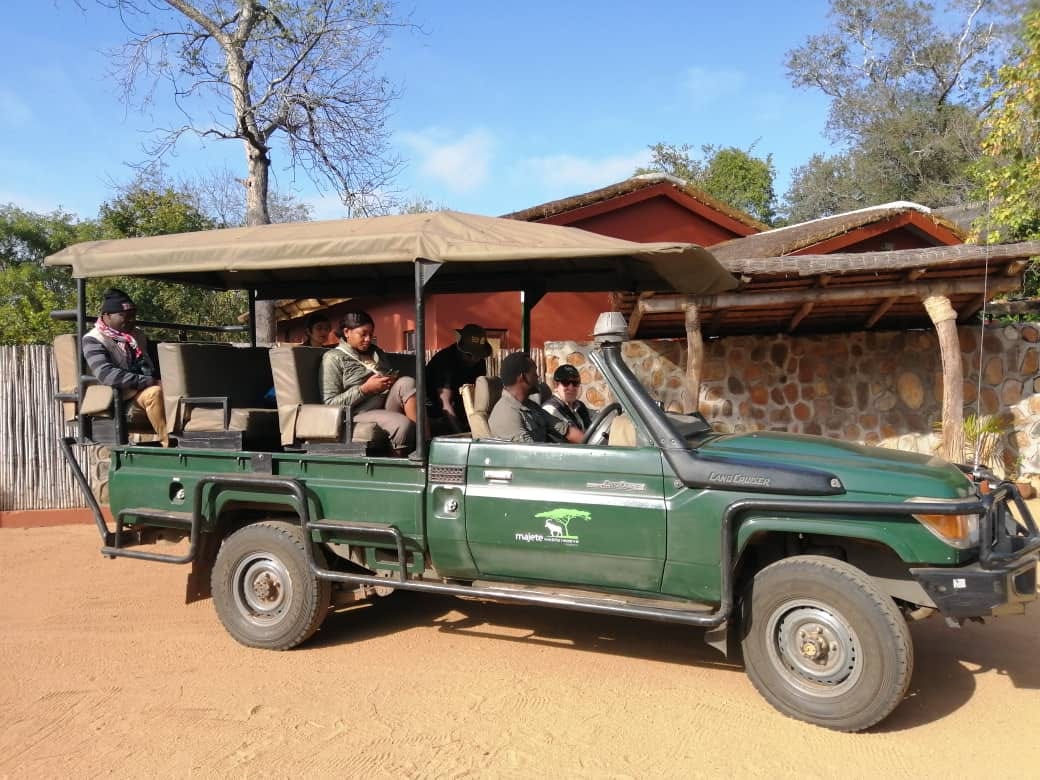
THAWALE, CHIKWAWA, Malawi (Planet Defence) – Tizola Moyo tough as a teak ranger has seen Majete Wildife Reserve crashing moments from an end to the elephant’s era in 1992 to a sad farewell with his buddy Lennox Mabokosi shot down by a ten-man poachers team armed with AK47’s rifles on 24th October, 1995.
Mabokosi’s name plus others gone in the line of duty are listed on a memorial pillar now mounted in the reserve as heroes that contributed to the success story of Majete.
The 16-year-old civil war (1977-1992) then in neighbouring Mozambique between Mozambican National Resistance and Mozambican Liberation Front resulted in the proliferation of automatic rifles such as AK 47 that contributed greatly to wildlife species loss as the reserve lies on a common border.
Majete remained but only as it’s own shadow, key species had all been killed a complete diversion of what is expected of a vibrant ecosystem to be termed a protected area.
It was only its vegetation dominated by Brachystegia woodlands that was standing. But it was now more prone to be heavily logged for planks as the threat of danger from big game like elephants had all been exterminated.
“By 1995 Majete was surrounded by three refugees’ camps namely; Pende, Chifunga and Chang’ambika. The refugees escaped the civil war in neighbouring Mozambique. As they escape from the conflict some refugees illegally brought weapons such as automatic firearms. It is these firearms that contributed to the killing of key wildlife species,” Moyo explains in an interview.
Moyo, now Head Investigations was stationed at Phwadzi Camp on the western side of the reserve in the area of Traditional Authority Chapananga as a Department of National Parks and Wildlife staffer.
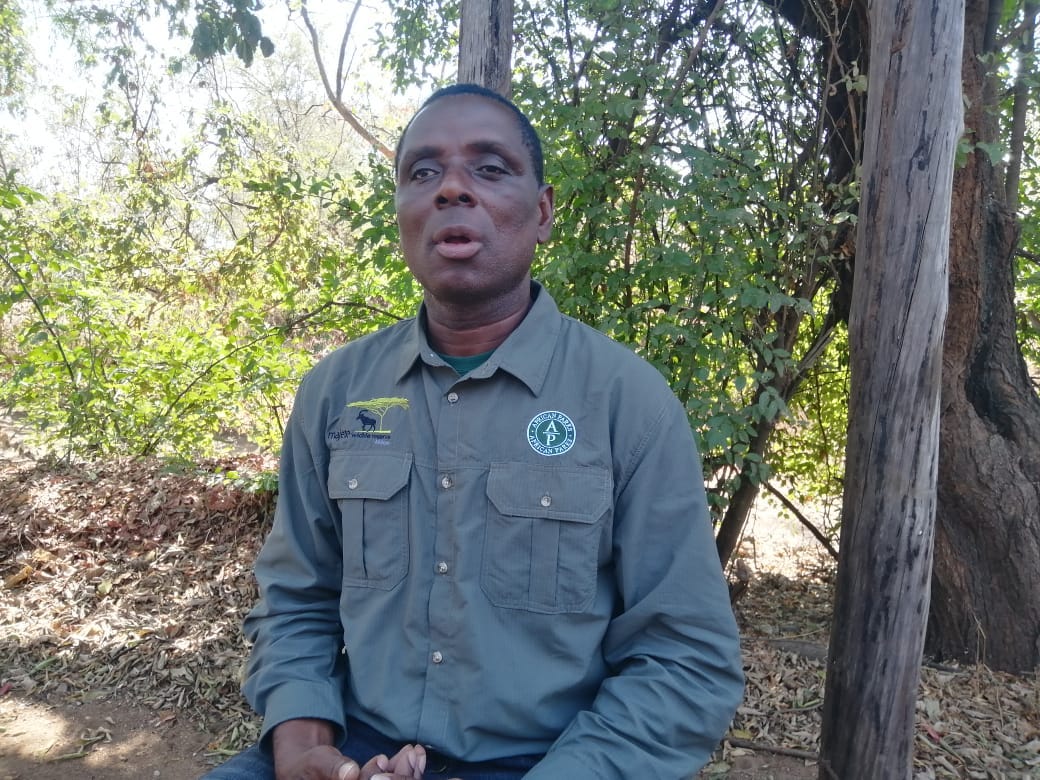
“I recall in the middle of the park during patrol near Madzi M’chulu, a water source from underground that attracted animals. On the 25th October, 1995 we met over 10 poachers armed with AK47’s, my colleague Lennox Mabokosi was killed by those armed poachers. Poaching was indeed very high,” recalls Moyo during the interview.
“It is very unfortunate that my colleague was killed,” says a concerned Moyo but we managed to chase the poachers away.
In the past we had a number of challenges to do our work as rangers. The equipment was not enough, the manpower was not enough, there was no enough transport and the reserve was not fenced. We were also using bolt action firearms while poachers were using automatic rifles.
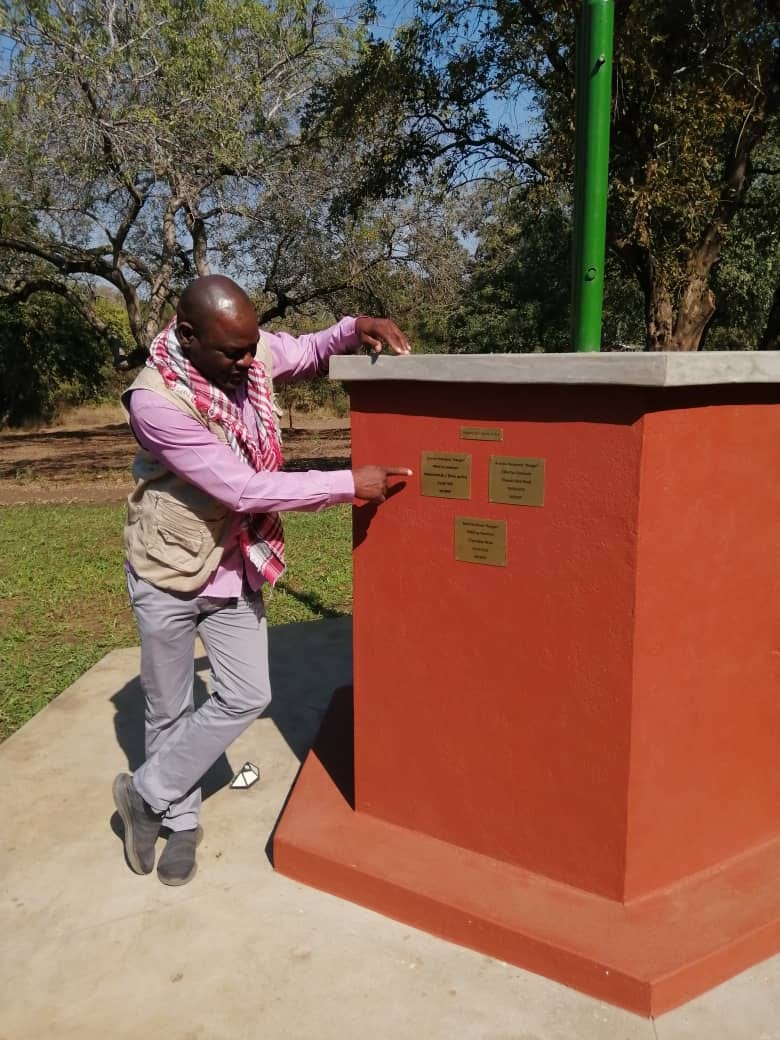
In 2001, we heard that there is a new organization to manage Majete called African Parks.
After African Parks took over, they requested surrounding communities through chiefs to surrender their weapons voluntarily as part of the general amnesty. This resulted in over 400 muzzle loaders and gin traps being handed over and lots of snares being removed, as they were dangerous to both humans and wildlife survival.
Back to Business
African Parks signed an agreement with Malawian Government on 28th March, 2003 to collaborate and jointly manage the reserve. According to available data they took responsibility when there were very few wildlife species present.
The last Black Rhinoceros was killed in late 1980’s, there was rampant poaching, extensive logging, fires were all over and charcoal burning was so rampant. There were limited resources and inadequate funding with only twelve members of staff to manage the entire reserve of over 700 sq kilometers.
“We were proud of this agreement with Malawi Government,” says John Adendorff, Park Manager for Majete Wildlife Reserve while providing the background about the status quo of the reserve 20 years after takeover.
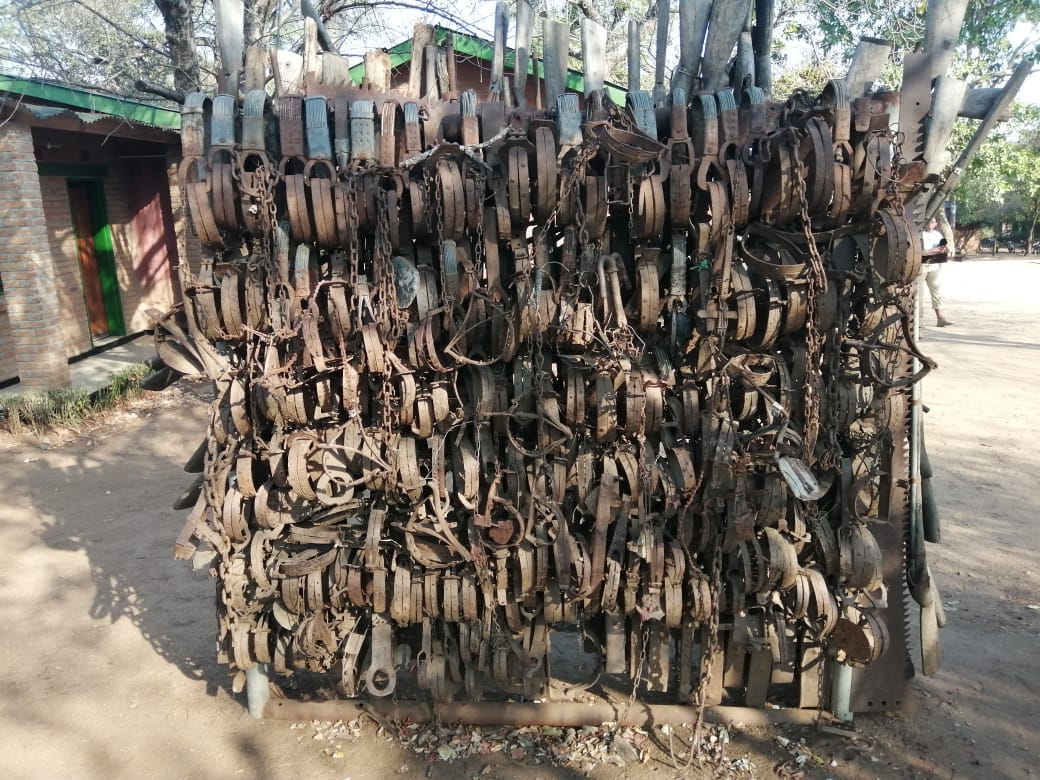
“Our objectives are restoration of biodiversity to a level where utilization of these natural resources is ecologically, economically and financially viable. We will also deliver measurable economic and social benefits to local communities. Finally, an enduring and mutually productive agreement with government and long-term financial viability of the reserve via tourism, exploring future possibility commercial revenue aided as necessary by long term donor funding,” Adendorff said while explaining the road to get this far.
Unlike Majete three decades ago, African Parks now has three focus areas for management. These are biodiversity conservation, park revenue generation and community development.
These are executed by the following units; law enforcement, finance and administration, technical and infrastructure community extension and tourism.
Today, unlike the 12 staff that were present in 2003 the number has risen fifteen-fold leading to 172 members of staff being employed.
Modern surveillance in law enforcement and wildlife species
Today, law enforcement staff in Majete now boosts of innovative technology such as Global Positioning System devices and all rangers have a cyber tracker app that is used for data collection.
The app information is feed in Earth Ranger and allows information consolidation in terms of key species encounter, carcass detected and animal spoor.
Earth Ranger is a software that collects, integrates, and displays all historical and available data and combines it with reports from the field to provide one unified view of collared wildlife, rangers, enforcement assets, and infrastructure within a protected area.
It is an effective solution at monitoring and studying wildlife movement across ecosystems, ranging from very specific areas to continent-wide migrations.
“In terms of law enforcement coverage this kind of information is very helpful for protected area planning and staff deployments in the field and also knowing where most species prefer to roam in terms of territorial preference,” says Billiat Zidana, head of law enforcement at Majete.
Craig Thomas, head wildlife monitoring unit, another section that collects information from key species collared to monitor their movements as part of human wildlife control agrees. The unit uses LORA technology for wildlife tracking.
This technology has made it possible to track fine-scale movements of wildlife, enabling researchers to understand the factors that influence local and migratory movements of a huge variety of species.
Some of the species tracked include Lion, Wild dog, Cheetah, Rhino, Giraffe, Elephant and Pangolin
“We also use call ups for species like Lions. This is when we use audios for other species like buffaloes that produces a sound as if they are going down and easier to be catched by Lions. This attracts the Lions to the voices and then ends up feasting on carcass that is tied to the tree. In this way it is easier to monitor your pride of lions to know what state they are,” says Craig during a night call up exercise in the reserve.
Community extension as the link to surrounding populations
This is the heart of conservation according the Adendorff, they will be no successful conservation without community extension which involves working with surrounding communities on projects that should bring results.
The community extension represents the reserve to the surrounding residents living with the reserve five kilometres radius range. As part of ensuring buy in African Parks has been working with the people in a number of projects to ensure they see the benefits of wildlife conservation.
These include the construction of a community camp site that is shared by the people and African Parks, income generating activities, boreholes, planting of trees, woodlots and planting of indigenous trees, schools and clinics construction, support to over 100 secondary school students and 15 tertiary students, internships in tourism, community conservation, administration and veterinary and the honey with heart project.
Mary Thamusani of Njolomola Traditional Authority Kanduku in Mwanza is one of the beneficiaries of the bee-seeing project.
I have my own bee-hives and I am benefitting a lot now by selling my honey to African Parks who buys it at MK3,500.00. My recently harvested honey was sold for MK99,000.00. My husband also sold his at the prices of MK110,000.00.
“I used the money from the honey sells to buy households utensils, pots and some four bags of cements that I would like to use to plaster my house,” said Thamusani in an interview at Namitsempha Bee Keeping club on the Mwanza side of the reserve.
As a show of strength in unity African Parks is working with other partners that include the Hunger Project - Epicentres, Banja La Mtsongolo Family planning, Reading around the reserve project and C-Quest Capital – Malawi cook stoves.
Dixie Makwale, community extension manager is all out meeting the people to ensure he is in constant touch with the communities.
“I travelled this bumpy road to Namitsempha three times a week and it is not an easy ride. But then we also need to serve the people as we are here for them to see tangible benefits from the reserve. Only then can they be part of the solution to the conservation of the reserve,” says Makwale outside the reserve.
Hopeful future
According to Adendorff, future plans include introduction of Roan Antelops, opening up of the visa for visitors, change in the demographics of the population can help to entice more people to come and visit Majete.
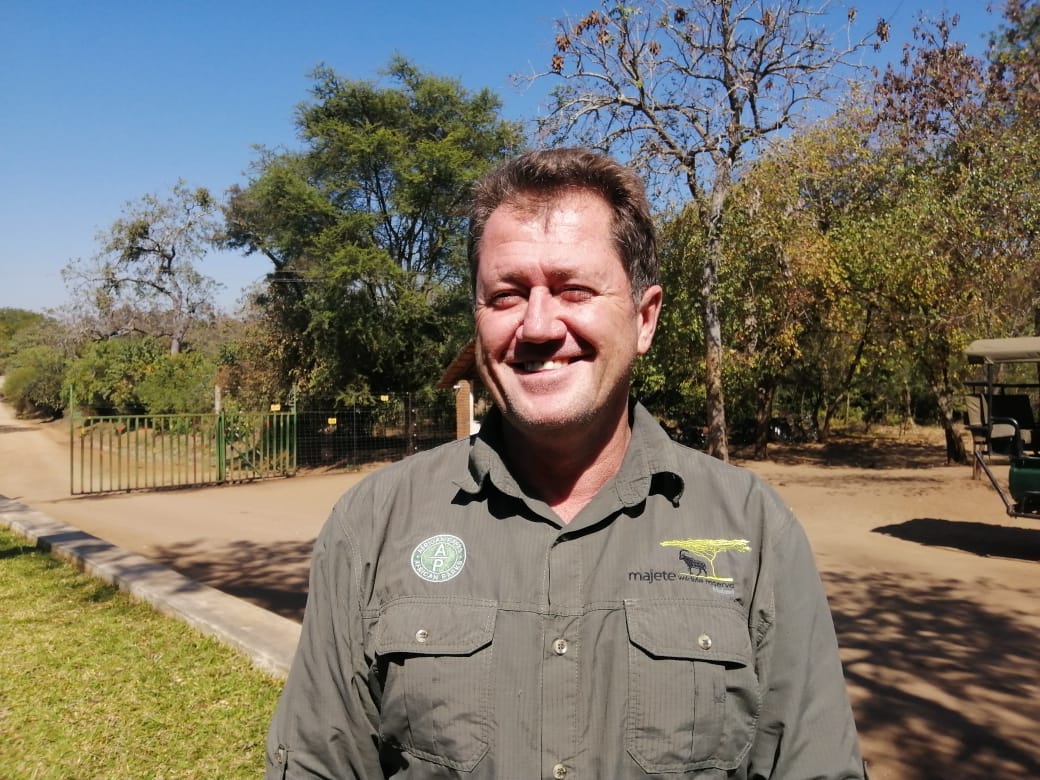
We need more people to visit and enjoy Majete. We also need to sensitise the people. We know population growth is an issue acknowledges some hurdles Adendorff.
“It is not all doom and gloom we are reshaping Majete. We want to see the story; it must be told and it is the hope for conservation elsewhere,” wraps up our conversation Adendorff.





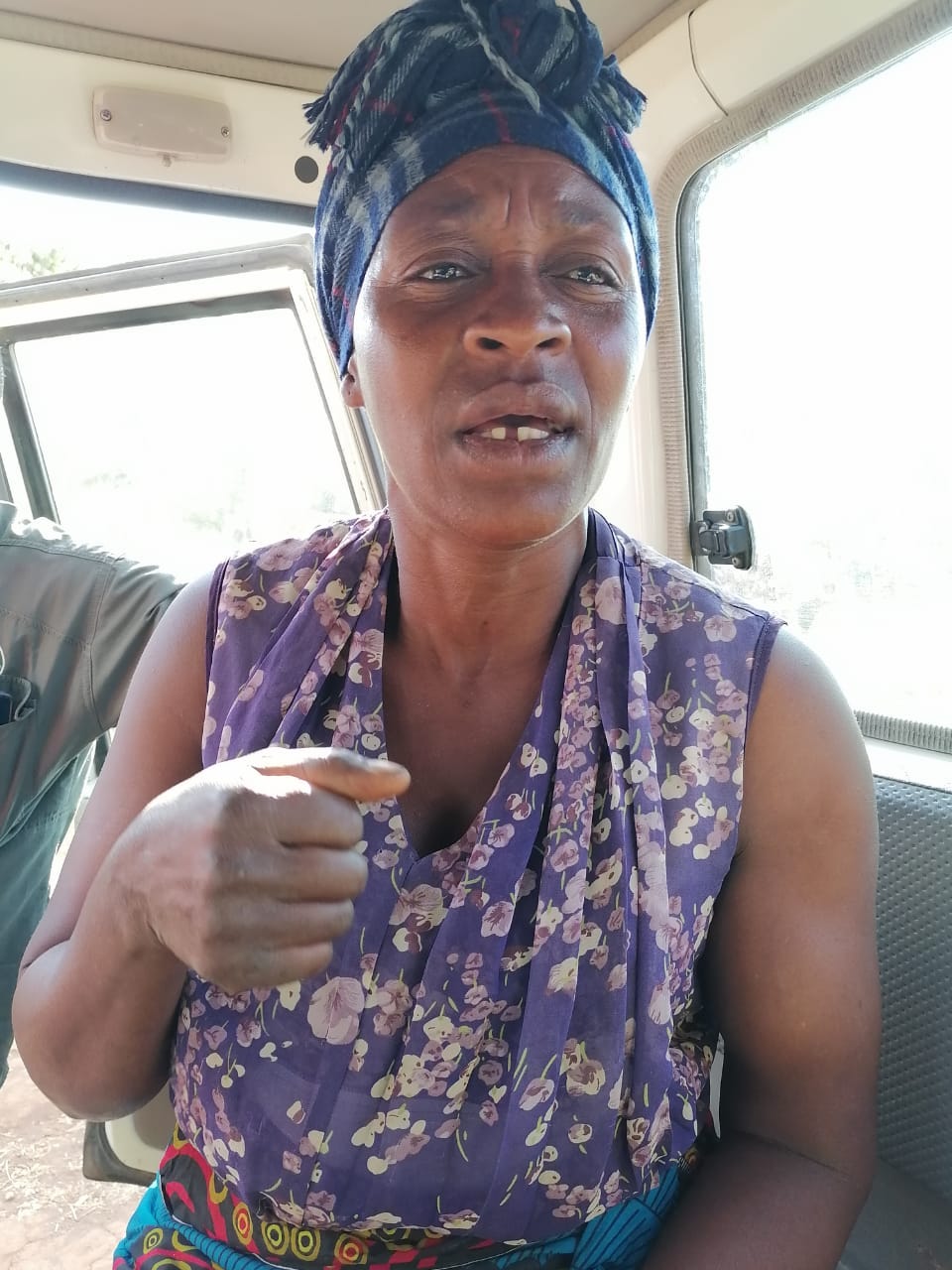
A successful partnership indeed. Well done